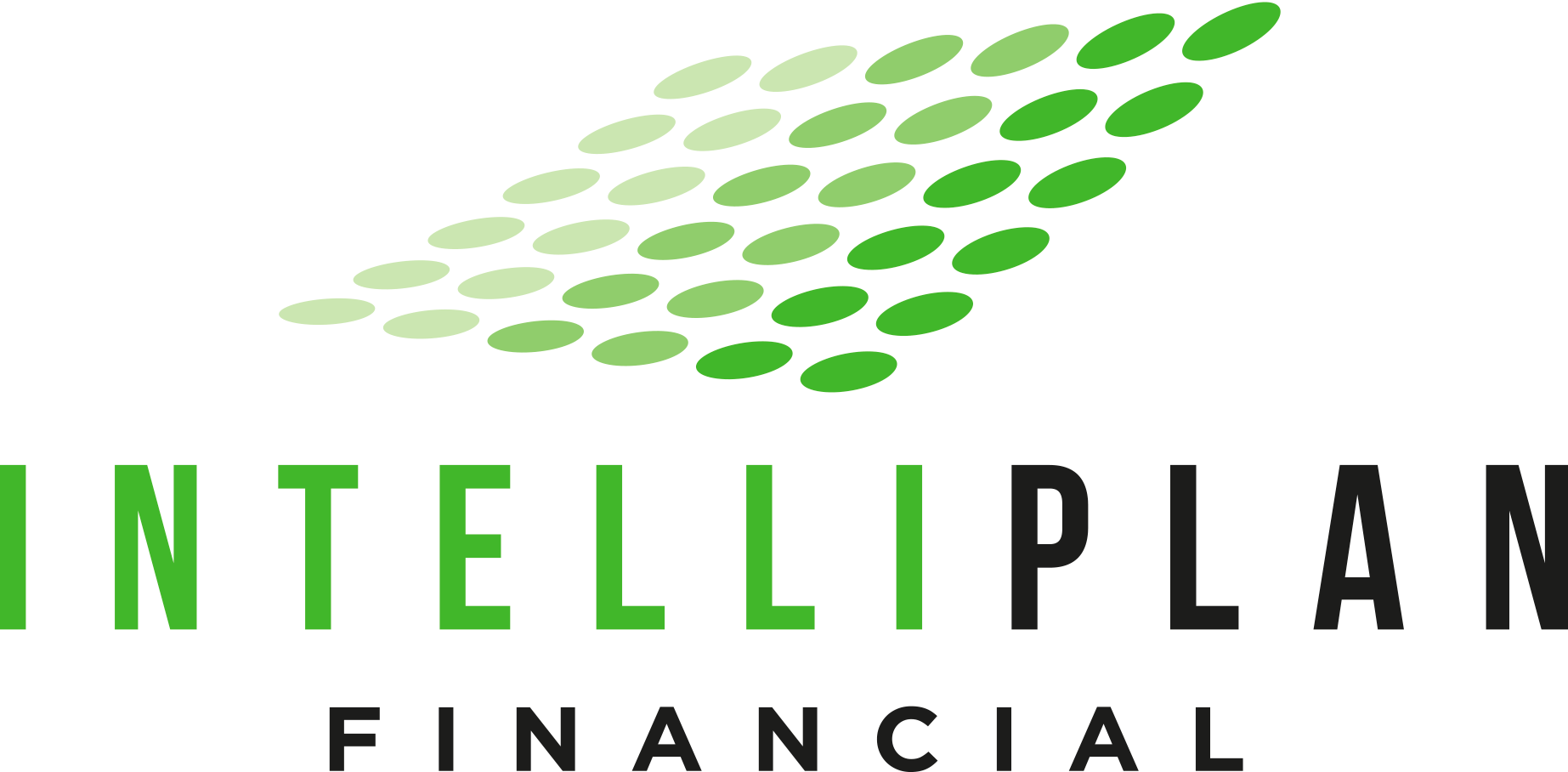First, a little background. Dividend Paying Whole Life insurance can be an important financial tool, but some people don’t know how to use it and aren’t getting much benefit outside of a death benefit.
Dividend Paying Whole Life Insurance Policy Loans are an easy way to get cash from your policy without having to pay high interest rates, as with other traditional borrowing methods. It also has tax advantages over borrowing from other sources.
You can borrow money against a whole life insurance policy to pay off debt or finance new projects. Let’s discuss the many benefits of dividend paying whole life insurance policy loans.
What is a Dividend Paying Whole Life Insurance Policy Loan?
A whole life insurance policy loan is a type of loan that you can get from your whole life insurance policy. It’s also known as equity borrowing, or cash value borrowing. With a whole life insurance policy loan, you can borrow money for any reason and for any length of time, with an annual dividend.
The interest rate on the loan will usually be lower than what you would pay at a traditional bank, and it still makes sense to consider this type of financing if you want to have access to the cash and pay yourself back, rather than repaying a bank or finance company. In this way, it becomes a “cash value life insurance” policy.
How Much Can I Borrow From my Dividend Paying Whole Life Insurance Policy?
The amount you can borrow depends on how much cash value has built up in your policy and how much it costs to keep that cash value invested within the policy—and these two factors vary widely depending on the life insurer and plan design chosen by each individual client.
An agent or broker should be able to help determine how much money is available through your current policies before discussing other options such as alternative lending sources or refinancing existing debt obligations into a single monthly payment schedule based upon today’s interest rates.
The loan amount is generally capped at the cash value of your policy and loans can be used to pay for college tuition, home improvements,, and even other investments.
When Can I Borrow From my Whole Life Insurance Policy?
You can borrow from your policy as soon as you have accumulated a cash value. The amount may vary by carrier, but in general terms you typically can borrow 85% to 90% of the cash value in your policy. You can take multiple loans at any time as long as there is cash value available. This means you do not have to pay a loan back in full before requesting another loan.
For example, let’s say you put a lump sum of $15,000 into your policy. Thirty days later you can request a policy loan for $10,000. You will have approximately $5,000 left sitting in your cash value that you can request to borrow any time in the future, whether you have begun repaying your policy loan or not. The newly requested loan will be added to your original loan so you will always only have one loan outstanding.
Common Uses of Dividend Paying Whole Life Insurance Policy Loans
● Pay off debt. Whole life insurance policy loans can be used to pay off credit card debt, car loans and personal loans.
● Buy a house. Some people use whole life insurance policy loans to buy their first home or refinance an existing mortgage on their primary residence.
● Cover your mortgage payments. Whole life insurance policies can be important for homeowners to protect their most important asset—their home—from foreclosure if they lose their job or have difficulty making payments due to unforeseen circumstances like health issues or death in the family.
● Finance business purchases with cash value at any time they want with no risk or loss of principal investment capital invested into that contract year’s premium payment (death benefit).
Do you have to pay your policy loan back?
You don’t have to pay the loan balance back. There is no such thing as a repayment schedule for paying it back, so if you don’t have any other plans for the money and find yourself in need of quick cash, this could be useful. Of course, by not paying off your policy loan, you are reducing its value over time, thus having less money to borrow in the future or to use for retirement income.
If you are not paying back the loan, your loan will continue growing with interest and at some point your loan will be greater than your death benefit can cover. If this happens, your policy will surrender, and you could have a tax liability. This is important to mention, but there are ways to avoid this type of situation if properly managed.
Conclusion
So if you’re looking for a way to save money on your mortgage, pay off debt and even start a business, this may be the best option for you. It’s important to remember that there are risks involved with taking out an insurance loan so make sure that you understand what those risks are before deciding whether or not it makes sense for your situation.
If you would like to learn more about how a dividend paying whole life insurance policy loan could benefit you, please feel free to contact us, or your life insurance company, directly to learn more.
Financial Planning and Advisory Services are offered through Prosperity Capital Advisors (“PCA”), an SEC registered investment adviser. Registration as an investment adviser does not imply a certain level of skill or training. Intelliplan Financial and PCA are separate, non-affiliated entities. PCA does not provide tax or legal advice.







